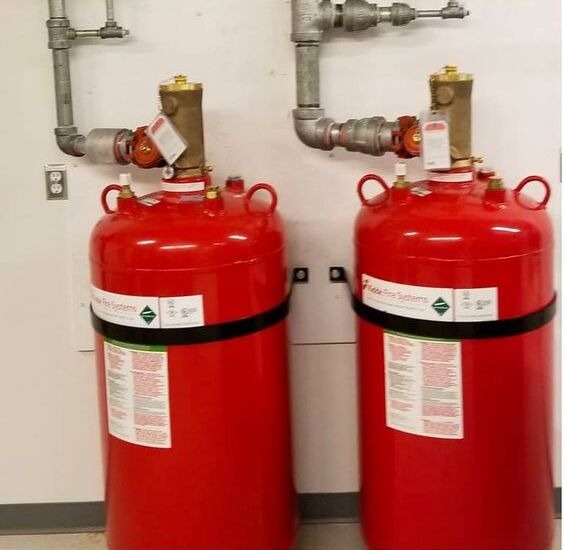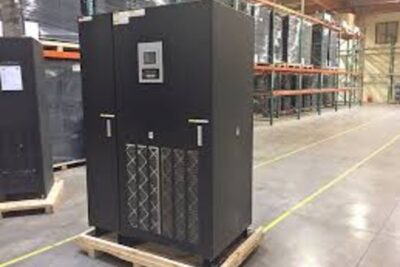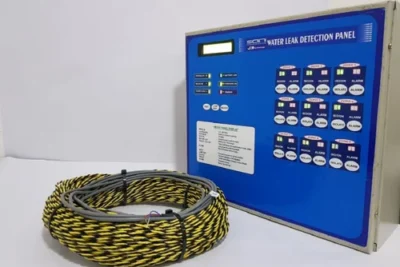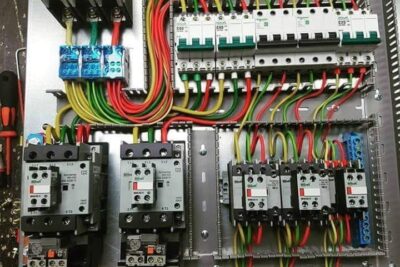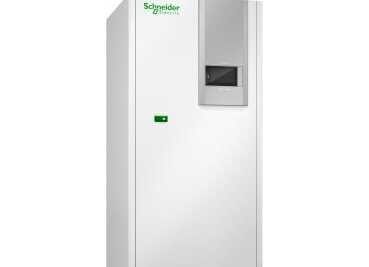Description
The FK 5-1.12 Fire Suppression System is a clean agent fire suppression system designed specifically for protecting sensitive environments like server rooms, data centers, and other critical infrastructure. The FK 5-1.12 system is recognized for its effectiveness in quickly suppressing fires without causing damage to electronic equipment or leaving residue behind. Below is a detailed explanation of the system’s components, operation, and advantages:
1. Agent Description:
FK 5-1.12 (also known by its chemical name C6H7F5O2 or FM-200) is a hydrofluorocarbon (HFC) compound. It works by absorbing heat from a fire, thus reducing the temperature below the combustion point, ultimately extinguishing the fire. Unlike traditional fire suppression methods, FK 5-1.12 does not rely on oxygen depletion to suppress the fire, which makes it safer for occupied spaces.
2. System Components:
Storage Tank: The FK 5-1.12 agent is stored in pressurized cylinders, typically made of stainless steel, that are strategically placed throughout the server room or data center. These tanks are sized according to the volume of the space to be protected.
Discharge Nozzles: These are installed in the ceiling or along the perimeter of the server room to disperse the FK 5-1.12 agent evenly. The design and placement of the nozzles are critical for ensuring efficient agent distribution and quick suppression.
Control Panel: The control panel monitors the system’s status and activates the discharge in the event of a fire. It can be integrated with fire alarm systems, temperature sensors, and smoke detectors for early fire detection and automatic suppression activation.
Detection System: Typically includes smoke detectors, heat detectors, and infrared flame detectors to provide early fire detection. These sensors are connected to the control panel and can trigger the system automatically.
Discharge System: The discharge system releases the FK 5-1.12 agent into the room through nozzles once a fire is detected. The release is typically done in a matter of seconds, ensuring minimal damage.
3. Operation:
When a fire occurs, the detection system identifies heat or smoke levels and sends a signal to the control panel. If the conditions meet pre-programmed criteria, the system will trigger the release of the FK 5-1.12 agent.
Cooling Effect: The primary mechanism of fire suppression is through heat absorption. The FK 5-1.12 agent absorbs heat from the fire, lowering the temperature and eventually extinguishing the flames.
Chemical Interruption: FK 5-1.12 also interrupts the chemical reactions in the fire, preventing the combustion process from continuing. This dual action of cooling and chemical inhibition makes it highly effective.
Safe for Equipment: Unlike water-based systems, FK 5-1.12 does not damage sensitive equipment like computers, servers, and electrical panels, making it ideal for server rooms and data centers.
4. Advantages of FK 5-1.12 in Server Rooms:
Non-Damaging: Unlike water-based fire suppression systems, FK 5-1.12 is a clean agent that does not leave residue, minimizing downtime and repair costs associated with equipment damage.
Quick Activation: The system is designed to quickly respond to fire detection, significantly reducing the potential for fire spread and damage.
Safe for Occupied Spaces: FK 5-1.12 is safe for human exposure at the design concentration levels used in fire suppression, making it suitable for environments where personnel may be present.
Environmentally Friendly: It has a low Global Warming Potential (GWP) and is generally considered more environmentally friendly compared to other halon replacements.


